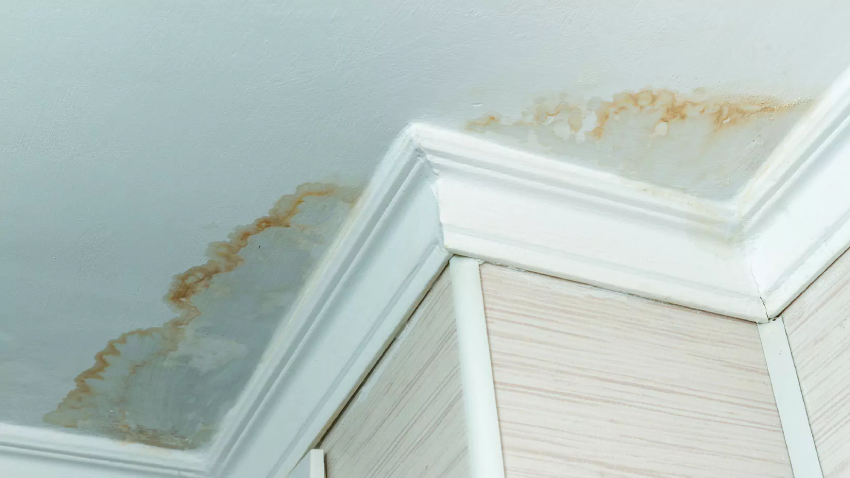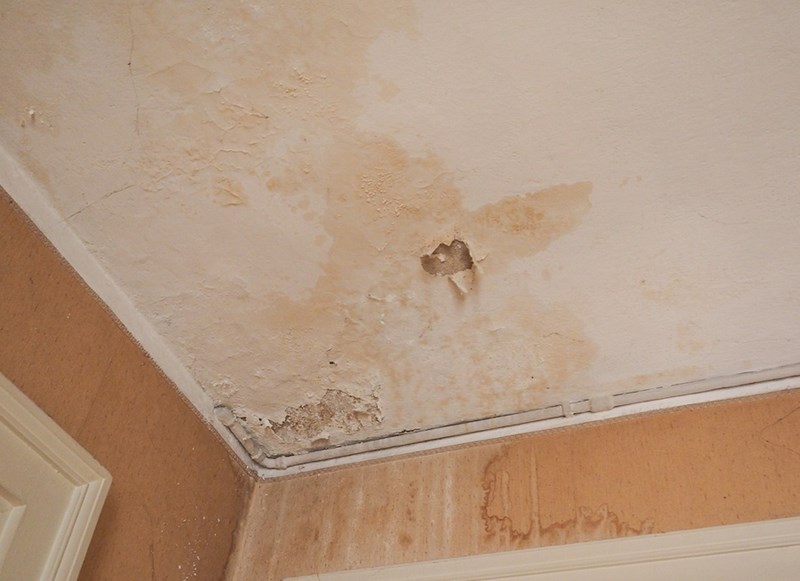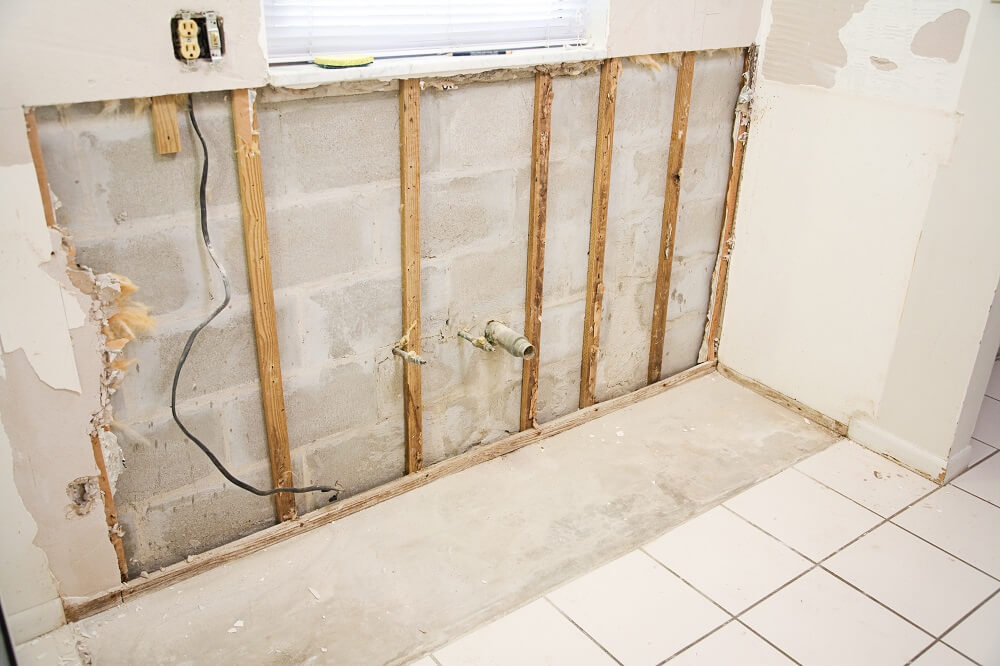Affordable Water Damage Repair Services for Every Homeowner in Need
The Process of Water Damages Cleanup: Ensuring Your Home Is Recovered Efficiently
Water damages can be a difficult obstacle for home owners, necessitating a careful and organized cleaning process to recover safety and security and capability. A detailed analysis is crucial to recognize the degree of the damage and determine the appropriate removal actions. Following this, reliable water removal methods play an essential role in alleviating additional harm. However, the subtleties of drying out, sanitizing, and ultimate remediation are equally important and commonly overlooked. Understanding these phases can make a substantial distinction in the end result of your home's reconstruction, triggering a closer check out what each action requires.
Analyzing the Damages
Upon finding water damages, the very first step is to thoroughly evaluate the extent of the influence. This initial examination is vital, as it assists establish the necessary actions for reliable cleanup and repair. Begin by examining the affected areas, including wall surfaces, ceilings, floorings, and individual possessions, to identify the resource of the water invasion, whether from flooding, leakages, or condensation.
Recording the damage is necessary for both insurance policy claims and intending restoration efforts - damage restoration services. Usage photographs and written notes to capture the seriousness of the damages, noting any kind of damaged architectural elements and materials. Pay special focus to areas that may not be instantly visible, such as behind walls and under rugs, as hidden moisture can result in additional complications, including mold and mildew development
Additionally, examine the timeline of the water exposure. The longer the materials stay wet, the higher the potential for damages. Comprehending the period of exposure will certainly educate the urgency of removal initiatives. Inevitably, a comprehensive evaluation lays the foundation for a successful water damage clean-up process, ensuring that all impacted areas are addressed effectively and extensively.
Water Removal Methods

Specialists typically use completely submersible pumps for bigger quantities of water, which can promptly ease flooding in basements or various other influenced areas. For smaller quantities, wet/dry vacuums are often used to remove recurring moisture from carpets and difficult surface areas. Furthermore, making use of portable extractors enables targeted removal in restricted spaces or locations with delicate materials.
In circumstances of polluted water, such as sewage or floodwater, advanced removal strategies may involve using biohazard devices to guarantee safety and security and conformity with health and wellness policies. High-powered extraction tools are essential in decreasing water retention in architectural materials, which can lead to mold and mildew development and architectural damage if not resolved quickly.
Ultimately, the performance of water removal methods plays a pivotal role in the general success of the water damage cleaning process, laying the foundation for subsequent repair efforts.
Drying and Dehumidification
Once standing water has been successfully removed, the next important phase in the water damage cleaning process is drying and dehumidification. This action is necessary to avoid more damage and mold and mildew growth, which can take place within 24 to 2 days in damp atmospheres.
To accomplish efficient drying out, specific equipment such as industrial-grade air moving companies and dehumidifiers is utilized. Air moving companies distribute air across damp surface areas, boosting evaporation prices, while dehumidifiers minimize humidity degrees in the air, promoting a conducive environment for drying out. The combination of these tools makes sure that wetness is attracted out from floors, furnishings, and walls, allowing them to completely dry extensively.
It is essential to keep an eye on the drying out procedure very closely. Professionals often make use of dampness meters to examine the dampness material in various materials, ensuring that all impacted areas get to acceptable dry skin degrees. This meticulous technique aids to protect against surprise dampness pockets that could lead to structural damage or undesirable mold development.

Cleansing and Disinfecting
After the drying out and dehumidification stage is complete, the next crucial action in water damages cleaning is cleansing and sterilizing the impacted locations. This process is critical to avoid the growth of mold, microorganisms, and various other microorganisms that flourish in wet settings.
The cleaning stage normally entails getting rid of any kind of particles, dirt, and pollutants from surfaces utilizing specialized cleansing agents. For hard surfaces, a combination of soap and water or industrial cleansing items is typically used. Soft products, such as furniture and rugs, might need extra substantial cleaning techniques, including vapor cleaning or deep removal techniques, to make sure comprehensive sanitation.

Sterilizing complies with cleansing, making use of EPA-approved anti-bacterials to eliminate dangerous bacteria. This action is crucial, particularly in areas that might have come right into contact with floodwaters or sewer, as these sources can present significant wellness risks.
In addition, it is necessary to resolve any type of staying odors, which may call for using smell neutralizers or sophisticated techniques like ozone treatment. Appropriate cleaning and sterilizing not just restore the safety and hygiene of your home however likewise prepared for effective reconstruction and fixings in succeeding phases of the water damages cleaning process.
Reconstruction and Repair Services

Once the analysis is total, repair initiatives can begin. This normally entails repairing or replacing broken materials, making sure that all job abides by local building codes and requirements. For example, if drywall has been endangered, it will require to be gotten rid of and replaced with brand-new material. In addition, flooring might call for comparable attention, depending upon the degree of water exposure.
It is critical to engage seasoned reconstruction experts during this process, as they have the competence to deal with complex repair why not check here services properly. Additionally, they can help mitigate potential future problems, such as mold and mildew growth or structural instability, thus guaranteeing a habitable and risk-free living environment. Eventually, effective reconstruction and repair work restore the home's stability and improve its general value.
Final Thought
In final thought, the process of water damage clean-up is essential for recovering a home to its pre-damage condition. Each phase, from analyzing the damages to executing effective water removal strategies, adhered to by comprehensive drying, disinfecting, and needed repair work, plays an essential duty in making sure security and compliance with structure requirements. Efficient implementation of these actions not just mitigates prompt damages yet likewise boosts the lasting integrity and worth of the property.
Water damages can be a difficult obstacle for homeowners, necessitating a structured and careful cleanup process to recover security and functionality. Eventually, an extensive analysis lays the foundation for an effective water damage cleanup process, ensuring that all affected areas are resolved successfully and completely.
Reliable water removal methods are essential in alleviating damage and protecting against more issues following a water breach event.In conclusion, the process of water damage cleaning is crucial for restoring a home to its pre-damage condition. Each phase, from examining the damages to executing efficient water removal techniques, complied with by comprehensive drying out, disinfecting, and required repair work, plays a vital duty in making sure security and conformity with building standards.